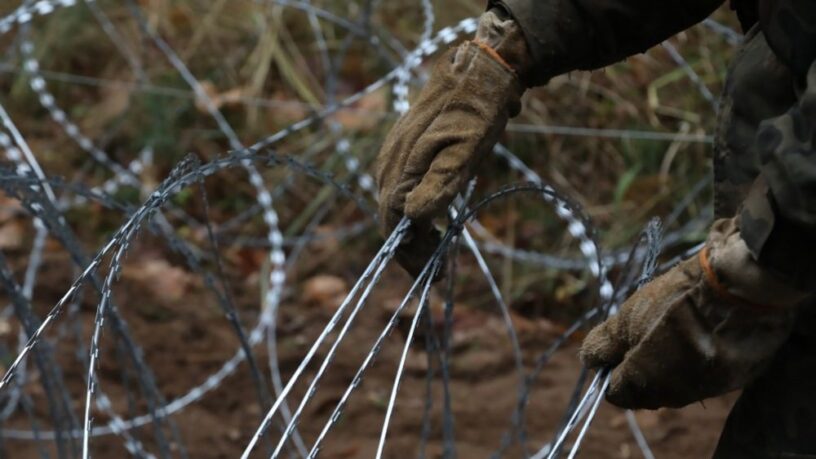Seven suspected migrants and an alleged people-smuggler were killed when the vehicle in which they were travelling crashed at high speed as the driver was trying to get away from the Albanian police.
Eight people – seven suspected migrants and an Albanian driver – died in a car accident in the early hours of Tuesday morning in Kelcyre-Permet, not far from the Greek border, Albanian police said.
The driver, a man from the northern city of Shkodra, was travelling at high speed, went off the road and crashed into the Vjosa River as he tried to escape police while transporting the suspected migrants.
Police said that the seven passengers were from “third countries” and that the Albanian behind the wheel was driving at 200 kilometres per hour, which resulted in him losing control over the car.
“As a result of the car going off the road, eight citizens lost their lives,” a statement said.
“There are also two groups of National Security Force [officers] at the scene,” it added.
It said more details are expected to be released soon, as the authorities are working to clarify what happened.
Albanian media reported that the car was being followed by the police when it crashed.
A report by the EU border agency Frontex in January this year said that the number of migrants using the so-called Balkan Route to Europe fell in 2023, but was more than matched by surges across the Mediterranean, with a 17-per-cent rise in detections compared to 2022.
The EU border agency Frontex said in a data review published on Tuesday that the Central Mediterranean Route and Western Balkan Route are the routes that were most used by migrants and refugees to enter the European Union in 2023.
It said the Western Balkan route remained the second most-used route, with 99,068 irregular crossings detected. However, this was a 31-per-cent decrease compared to the number in 2022.
The Central Mediterranean Route was the most active migratory route into the EU, accounting for 41 per cent of irregular crossings, followed by the Western Balkans (26 per cent) and Eastern Mediterranean (16 per cent), Frontex said.
Syrians accounted for over 100,000 irregular crossings last year, the highest number among all nationalities. They were followed by Guineans and Afghans. These three nationalities accounted for over a third of all detections.



